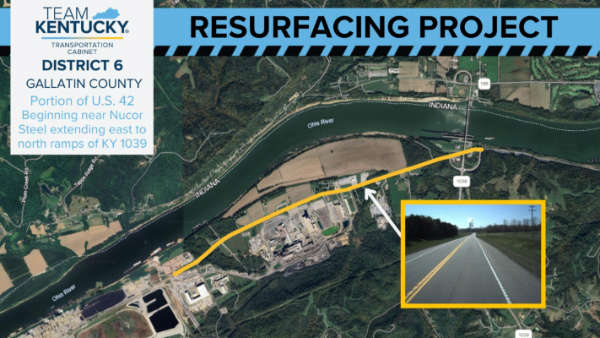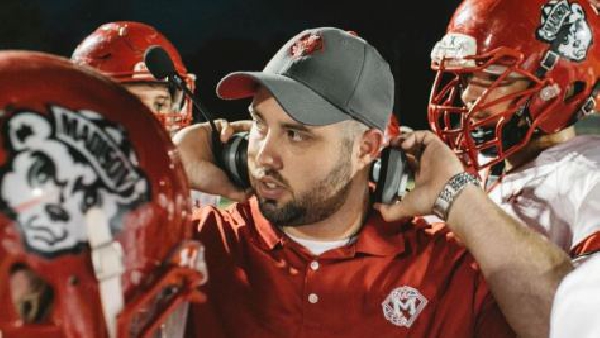
What to do for hypothermia
Ninety-four degrees may sound pretty warm, but in terms of body temperature it's dangerously low. Hypothermia sets in as soon as body temperature drops below 95 degrees.
This dangerous condition is most common in very old and very young people, and in people who spend lots of time outdoors. The risk gets higher as temperatures get lower.
Learning about hypothermia, its symptoms and how it's treated could help you save your own or someone else's life.
Overcome by cold
Through many different measures, our bodies are designed to maintain a somewhat steady internal temperature. Hypothermia is a medical emergency that occurs when this system is overwhelmed by external factors such as cold air, wetness, wind or a combination of these factors. Other factors, such as old or young age, or any condition that prevents movement, make the body even more vulnerable to hypothermia.
Hypothermia can happen as the result of extreme cold, but also at more moderate temperatures (above 40 degrees) if the person is damp or wet from sweat or rain or immersed in water.
People who cannot move because of stroke, intoxication or injury can develop hypothermia at temperatures as high as 55 or 60 degrees. That's because sitting or lying still for a long time reduces the amount of heat generated inside the body. Some older people become hypothermic from being still in a cold room for hours.

Signs of hypothermia
Hypothermia slows brain function, which often means people don't notice their own symptoms or realize they're getting dangerously cold. Fortunately, hypothermia does have external signs. If you notice these symptoms in someone who is in or has just left a wet, cool or cold environment, it may be hypothermia:
- Constant shivering—but only at first. When hypothermia progresses, shivering stops.
- Confusion.
- Sleepiness.
- Muscle stiffness.
- Slurred speech.
- Trouble seeing.
- Memory loss.
In infants, hypothermia may cause bright red, cold skin and very low energy.
At any age, dropping body temperature causes a steady decline in heartbeat and breathing rate. Without treatment, hypothermia can lead to a coma or cardiac arrest.
Bringing temperature back up
If you think someone may have hypothermia, you may save his or her life by following this advice from the National Institutes of Health and other experts:
Call 911. If no phone is available, send someone to get help.
Keep the person still. Have him or her lie down and stay as still as possible. Too much movement may cause cardiac arrest.
Keep the cold out. If you can, bring the person into a warm room. Remove wet clothing and cover the person with warm, dry clothing and blankets. Make sure the person's head is covered. If going indoors isn't possible, get the person out of the wind and insulate him or her from the cold ground with blankets or newspaper.
Give warm liquids. If the person is conscious, offer a warm drink such as broth or warm water with lemon or honey. Don't give coffee, alcohol or anything with caffeine.
Handle with care. Don't rub or massage the person's skin, as this can cause skin damage. And don't try to warm the person up too quickly by bringing him or her next to a heater. This can bring blood rushing to the skin and away from internal organs.
Protection from the cold
To prevent hypothermia, the American College of Emergency Physicians offers these safety tips for the colder months:
- Limit your time outside in cold weather. If there's any chance you're getting too cold, go inside.
- Be cautious of factors that limit circulation, such as smoking, tight clothes, alcohol and fatigue.
- Dress in layers. They trap warm air close to your body.
- Wear a hat when you go outside. It can prevent up to 20 percent of body heat loss.
It's also important to stay dry, notes the National Safety Council. Wet clothing chills the body rapidly.

 USPS Reminds Public Fireworks Don't Belong in the Mail
USPS Reminds Public Fireworks Don't Belong in the Mail
 Resurfacing Project on U.S. 42 in Gallatin County
Resurfacing Project on U.S. 42 in Gallatin County
 JD Shelburne to Debut at the Grand Ole Opry
JD Shelburne to Debut at the Grand Ole Opry





